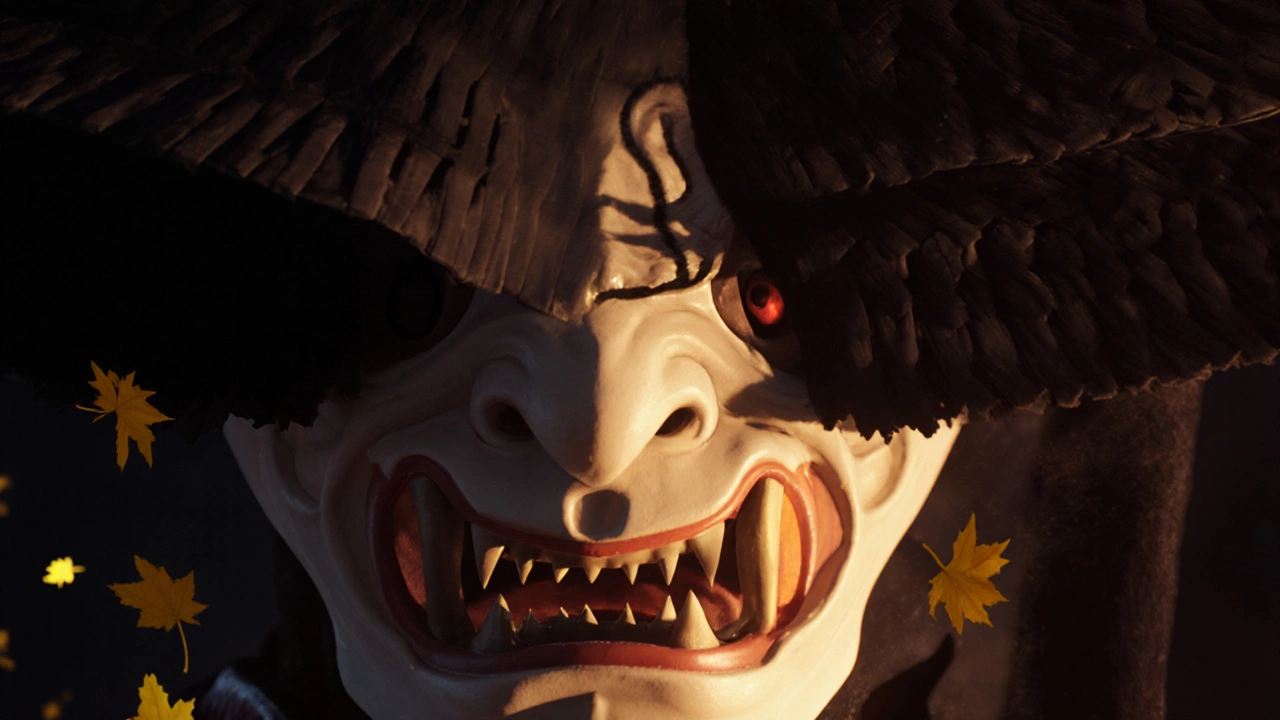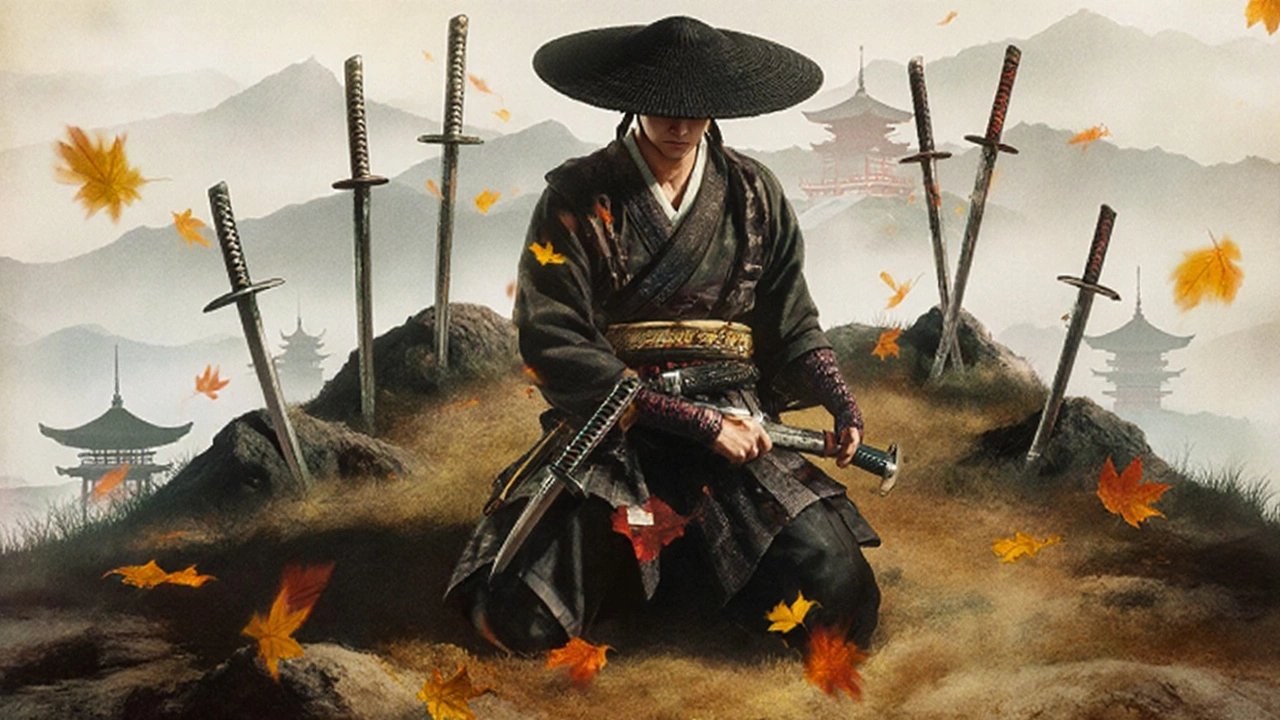Gameplay and Combat
From the moment you grab the DualSense controller, Ghost of Yōtei makes it clear it’s built for the new hardware. The swordplay feels tighter, thanks to haptic feedback that lets you sense each clash. Combos flow naturally, and the enemy AI pushes you to experiment with parries, dodges, and special moves. The game isn’t trying to reinvent the open‑world action formula, but it does fine‑tune the rhythm that made Ghost of Tsushima such a hit.
Atsu, the new lead, brings a different energy to fights. She’s louder, quicker to act, and occasionally lets bloodlust dictate her choices. That attitude translates to combat—she’ll charge head‑on more often than Jin did, which can be thrilling when you’re lining up a perfect counter. The difficulty spikes feel fair; you’re rewarded for mastering timing rather than grinding for upgrades.
- Responsive controls that make each strike feel intentional.
- Varied enemy types that require different tactical approaches.
- Skill trees that let you personalize Atsu’s fighting style without overwhelming menus.

Visuals, Story, and World
The most eye‑catching element of the game is its scenery. Rolling hills, dense flower fields, and mist‑shrouded temples give the world a fresh palette that distinguishes it from Tsushima’s more muted tones. Thanks to the PS5’s SSD, loading times are virtually nonexistent—travel across the map feels seamless.
Ghost of Yōtei also introduces three visual modes that pay tribute to Japanese cinema. Kurosawa mode strips the world down to stark black‑and‑white, evoking classic samurai films. Mik mode amps up gore and adds a gritty, over‑the‑shoulder camera angle inspired by director Takeshi Miike. Watanabe mode layers lo‑fi beats over gameplay, giving a music‑video vibe reminiscent of Shinichiro Watanabe’s style.
The narrative leans into personal vengeance rather than the lofty samurai code. Atsu’s quest for justice feels grounded, even if the plot follows a familiar arc. Along the way, villagers and rival clans react to her brash decisions, creating moments where the story pushes back against the protagonist’s impulsiveness. It’s a modest twist on the usual hero’s journey but enough to keep the dialogue fresh.
The open world itself has been refined. Fast travel points are more strategically placed, and side quests now have clearer objectives, reducing the aimless wandering that some players complained about in the first game. Hidden shrines, collectible lore items, and mini‑games pepper the landscape, offering a dense layer of content without feeling like filler.
Audio design complements the visual flair. Traditional shakuhachi flutes and modern lo‑fi tracks coexist, shifting smoothly between modes. Ambient sounds—wind through bamboo, distant temple bells—add depth that makes you feel truly present in a feudal Japanese setting.
While Ghost of Yōtei doesn’t overhaul the genre, it polishes every corner. The combination of a dynamic lead, richer combat, and artistic presentation makes it a standout PS5 exclusive that honors its roots while carving its own identity.



